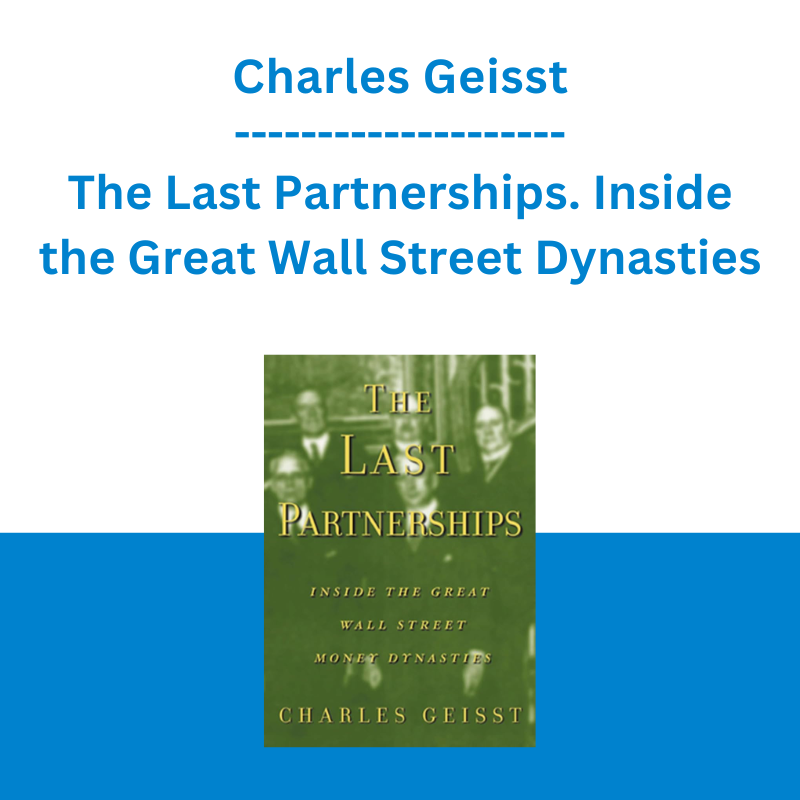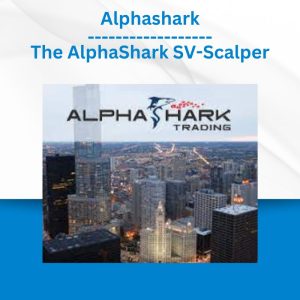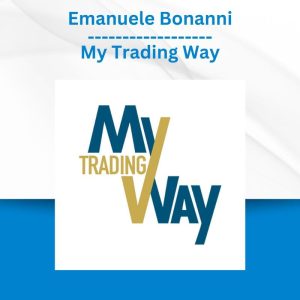*** Proof of Product ***
Exploring the Essential Features of “Charles Geisst – The Last Partnerships. Inside the Great Wall Street Dynasties”
They laid the foundations of American finance and defined the American brand of capitalism. They bankrolled wars, were the impetus behind the building of the first transcontinental railroad system, and fueled a fledgling nation’s grandiose dreams of empire. S&M Allen, J. P. Morgan & Co., Goldman Sachs, Lehman Brothers…they were the great Wall Street partnerships, and for well over a century, through a combination of financial genius, political chicanery, and the audacity of Caesars, they wielded unprecedented influence over the business, financial, and political landscapes of a nation.
The Last Partnerships combines rigorous scholarship with journalism at its best to present a panoramic history of the rise and fall of the great financial houses—from the “Yankee Bankers,” at the turn of the 19th century, up to Goldman Sachs’ historic IPO in 1999—tracing their origins, their successes and failures over the years, and the reasons for their ultimate demise. The Last Partnerships is must-reading for history buffs and everyone interested in the world of finance behind the business-page headlines.
Editorial Reviews
From Library Journal
Geisst (Wall Street: A History; Monopolies in America: Empire Builders and their Enemies from Jay Gould to Bill Gates) here provides a history of U.S. investment banking over the past 200 years. As the title indicates, investment banking has shifted from partnership activity to corporate ownership. Geisst creditably describes the forces at work in the creation of capital, providing some sociological context through ethnicity and gender issues. Geisst accounts for a number of factors that have caused investment banking to undergo a sea change: increasingly high dollar amounts, the ability of inexperienced traders to bankrupt firms, and the demise of relationship banking. He shows how cutthroat competition changed investment banking from a business based on relationships to one based on the deal itself. This book’s appeal will be limited to those interested in financial history. Steven Silkunas, Southeastern Pennsylvania Transportation Authority, Philadelphia
Copyright 2001 Reed Business Information, Inc.
From Publishers Weekly
Despite the subtitle, this book doesn’t throw wide the back-room doors of major investment banking and brokerage firms like Merrill Lynch and Salomon Brothers. Instead, it provides a general history of Wall Street, organized in chronological chapters, each featuring two famous houses. The first chapter covers 1812 to 1873, focusing on Clark Dodge and Jay Cooke. The last chapter runs from the 1930s to the present, featuring Lazard Freres and Goldman Sachs. Most of the material can be found in the author’s previous works, 100 Years of Wall Street and Wall Street: A History. This reorganization might have yielded new insights had it shown how certain firms helped shape their time and place, and vice versa, or perhaps if it had focussed on the passing of the torch from era to era. As it stands, Ron Chernow’s The Death of the Banker and Martin Mayer’s The Bankers and even Geisst’s previous works are more compelling and better written. Still, Geisst has more understanding of finance than most popular financial historians; despite the drawbacks of this Wall Street history, it represents the various firms fairly and aptly.Copyright 2001 Cahners Business Information, Inc.
About the Author
Charles R. Geisst is a professor of finance at Manhattan College. A former capital markets analyst and investment banker, and the author of over a dozen books including the bestsellers 100 Years of Wall Street and Wall Street: A History, Dr. Geisst is a financial consultant for investment banks around the world.
From the Back Cover
The First Behind-the-Scenes Account of the Rise and Fall of Wall Street’s Family Financial EmpiresMorgan Stanley … Goldman Sachs … Kidder Peabody … Lehman Brothers … These firms lay America’s financial foundations and fueled her grandiose dreams. Through a combination of financial genius, political muscle, and old-world tenacity, these Wall Street partnerships wielded unprecedented influence over the landscape of 19th and 20th century America. With rigorous scholarship and fascinating stories, “The Last Partnerships relives the formative years of American finance and reveals an account both global in its scope and distinctly human in its character.
“Geisst’s chronicle of runaway greed and phenomenal success provides a captivating and unique picture of the secret deals, monumental transactions, colorful characters, earth-shaking plummets and exuberant highs of the most famous street in the world.”–“Accounting Today
“Geisst’s comprehensive history of Wall Street qualifies as a major reference work on the subject.”–“Fort-Worth Star Telegram
“”The Last Partnerships is … an enormously enjoyable read.”–United Press International
Review
“Geisst creditably describes the forces at work in the creation of capital, providing some sociological context through ethnicity and gender issues.” (Library Journal 2001-05-11)
From Booklist
Geisst is the author of Monopolies in America: Empire Builders and Their Enemies from Jay Gould to Bill Gates (2000) and Wall Street: A History (1997). He now turns his attention to the investment banking houses that helped finance American growth. Although the names of these financial dynasties are still familiar, the partnerships on which they were built have ceased to exist. From the War of 1812 until the end of World War II, however, they were conferred celebrity status and were also the “subjects of folklore, envy, and political vilification, and notorious symbols of wealth and power.” They sold Union war bonds to fund the Civil War, financed the first transatlantic steamship service, supplied capital for industry, and helped build this country’s cultural institutions. Geisst profiles Clark Dodge and Jay Cooke; the Seligmans, Lehman Brothers, and Kuhn Loeb; Brown Brothers Harriman and August Belmont; Kidder Peabody and Dillon Read; J. P. Morgan and Morgan Stanley; Merrill Lynch and E. F. Hutton; Salomon Brothers and Drexel Burnham; and Goldman Sachs and Lazard Freres. David Rouse
Copyright © American Library Association.
Product details
Publisher : McGraw Hill; 1st edition (April 22, 2001)
Language : English
Please see the full list of alternative group-buy courses available here: https://lunacourse.com/shop/










 George Fontanills & Tom Gentile - Optionetics 6 DVD Series Home Study Course (Digital Download)
George Fontanills & Tom Gentile - Optionetics 6 DVD Series Home Study Course (Digital Download)  Simpler Trading - Bruce Marshall - The Options Defense Course
Simpler Trading - Bruce Marshall - The Options Defense Course  Ed Ponsi - Forex Trading
Ed Ponsi - Forex Trading  Chris Capre - Advanced Price Action Ongoing Training & Webinars
Chris Capre - Advanced Price Action Ongoing Training & Webinars  Fred Haug - Virtual Wholesaling Simplified
Fred Haug - Virtual Wholesaling Simplified  Dave Landry - Stock Selection Course
Dave Landry - Stock Selection Course  Peggy McColl - Mind Conditioning Accelerator Program
Peggy McColl - Mind Conditioning Accelerator Program  Ben Buckingham - Mind Blowing Lover Woman
Ben Buckingham - Mind Blowing Lover Woman  George Fontanills & Tom Gentile - Optionetics Wealth Without Worry Course
George Fontanills & Tom Gentile - Optionetics Wealth Without Worry Course  Michele Ritterman - IC07 Group Induction 04 - Poetic Induction: Take In What is Useful to You; Let Go of What is Not
Michele Ritterman - IC07 Group Induction 04 - Poetic Induction: Take In What is Useful to You; Let Go of What is Not  Kladi Vergine - Ignite Your Business Marketing Kit in Adobe Illustrator
Kladi Vergine - Ignite Your Business Marketing Kit in Adobe Illustrator  Money Miracle - George Angell - Use Other Peoples Money To Make You Rich
Money Miracle - George Angell - Use Other Peoples Money To Make You Rich  Erik Banks - Alternative Risk Transfer
Erik Banks - Alternative Risk Transfer  Sovereign Man Confidential - Renunciation Video
Sovereign Man Confidential - Renunciation Video  Matan Feldman - The 13-Week Cash Flow Modeling - Wall Street Prep
Matan Feldman - The 13-Week Cash Flow Modeling - Wall Street Prep  Alphashark - The AlphaShark SV-Scalper
Alphashark - The AlphaShark SV-Scalper  Nikki Closser - Signature 1 Click Color Lightroom Preset
Nikki Closser - Signature 1 Click Color Lightroom Preset  SMB - Options Training
SMB - Options Training  Ewen Finser - Reddit Leverage - Replacing My Lost Google Traffic Overnight
Ewen Finser - Reddit Leverage - Replacing My Lost Google Traffic Overnight  Team NFT Money - Ultimate NFT Playbook
Team NFT Money - Ultimate NFT Playbook  The Daily Traders – Exclusive Trading Mentorship Group
The Daily Traders – Exclusive Trading Mentorship Group  Emanuele Bonanni - My Trading Way
Emanuele Bonanni - My Trading Way  Trade Like Mike - The TLM Playbook 2022
Trade Like Mike - The TLM Playbook 2022